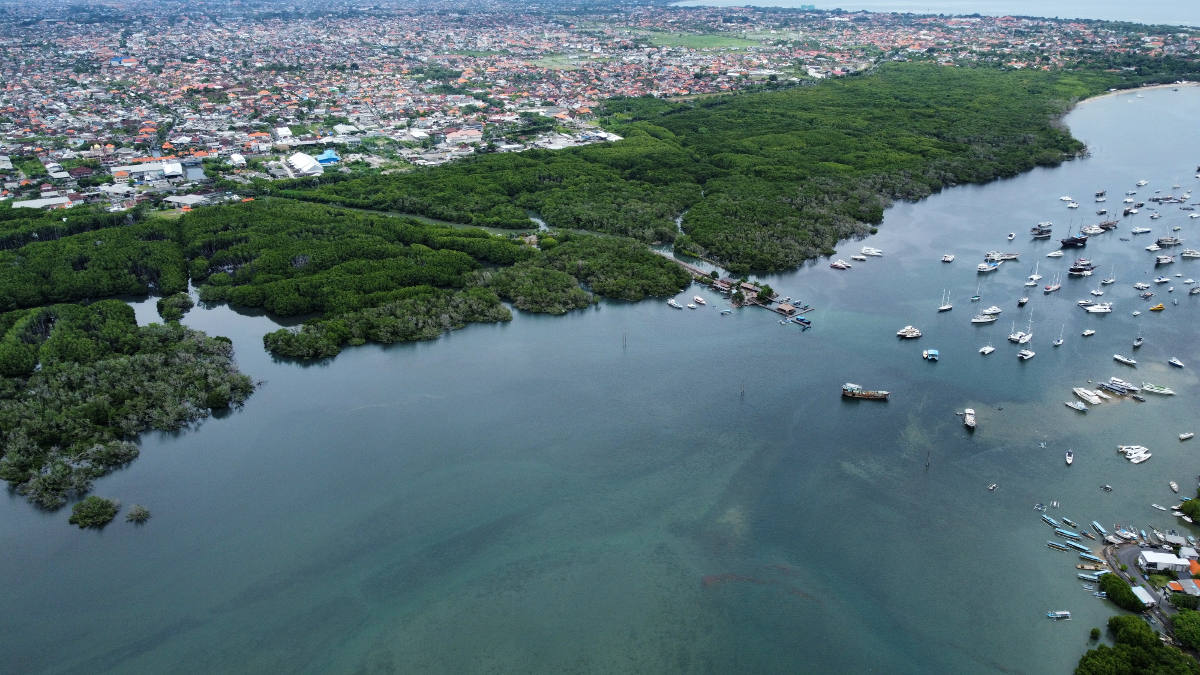A tale from two islands
South Korea’s National Institute of Forest Science (NIFoS) and the Center for International Forestry Research and World Agroforestry (CIFOR-ICRAF) are collaborating with local partners in Bali, Indonesia to identify promising mangrove species with high carbon sequestration abilities to promote in landscape restoration.
They are doing so by quantifying the environmental aspects – such as carbon sequestration and storage capacity and associated ecosystem services – of a wide range of true- and semi-mangrove species. Operating in mangrove forests both in Bali and in Korea’s Jeju Island, the project, which will continue until 2026, aims to build comparative and cross-sectional knowledge for effective mangrove restoration into the future.
In Bali, NIFoS and CIFOR-ICRAF – in collaboration with Udayana University, Dhayana Pura University, the Ministry of Environment and Forestry, and Indonesia’s National Research and Innovation Agency (BRIN) – have already conducted collaborative research at the local mangrove information centre Taman Hutan Raya (MIC Tahura) and nearby Mertasari Beach.


Aerial image of mangrove forest in Tahura Ngurah Rai, Denpasar, Bali, Indonesia. Photo by Agus M. Maulana/CIFOR-ICRAF
The scientists assessed several mangrove species’ carbon sequestration and storage capacities by measuring their rates of photosynthesis, soil respiration, and stomatal conductance. The results will be applied to coastal forest restoration interventions to ensure that species selection takes careful account of these capacities going forward.

Picture 1.

Picture 2.

Picture 3.

Picture 4.
Researchers measure photosynthetic rate (1), stomatal conductance (2), phenology of various mangrove species in Bali (3), and soil respiration rates (4). Photo by Agus M. Maulana/CIFOR-ICRAF
Contact us
Himlal Baral
CIFOR-ICRAF senior scientist
H.Baral@cifor-icraf.org
Related links
- Full article: Natural and anthropogenic impacts on mangrove carbon dynamics: a systematic review protocol (tandfonline.com)
- Cross-sectional research into mangrove blue carbon: A tale from two islands – CIFOR Forests News
- Collaborative Action: Unlocking Indonesia’s Mangrove Species Potential for South Korea



